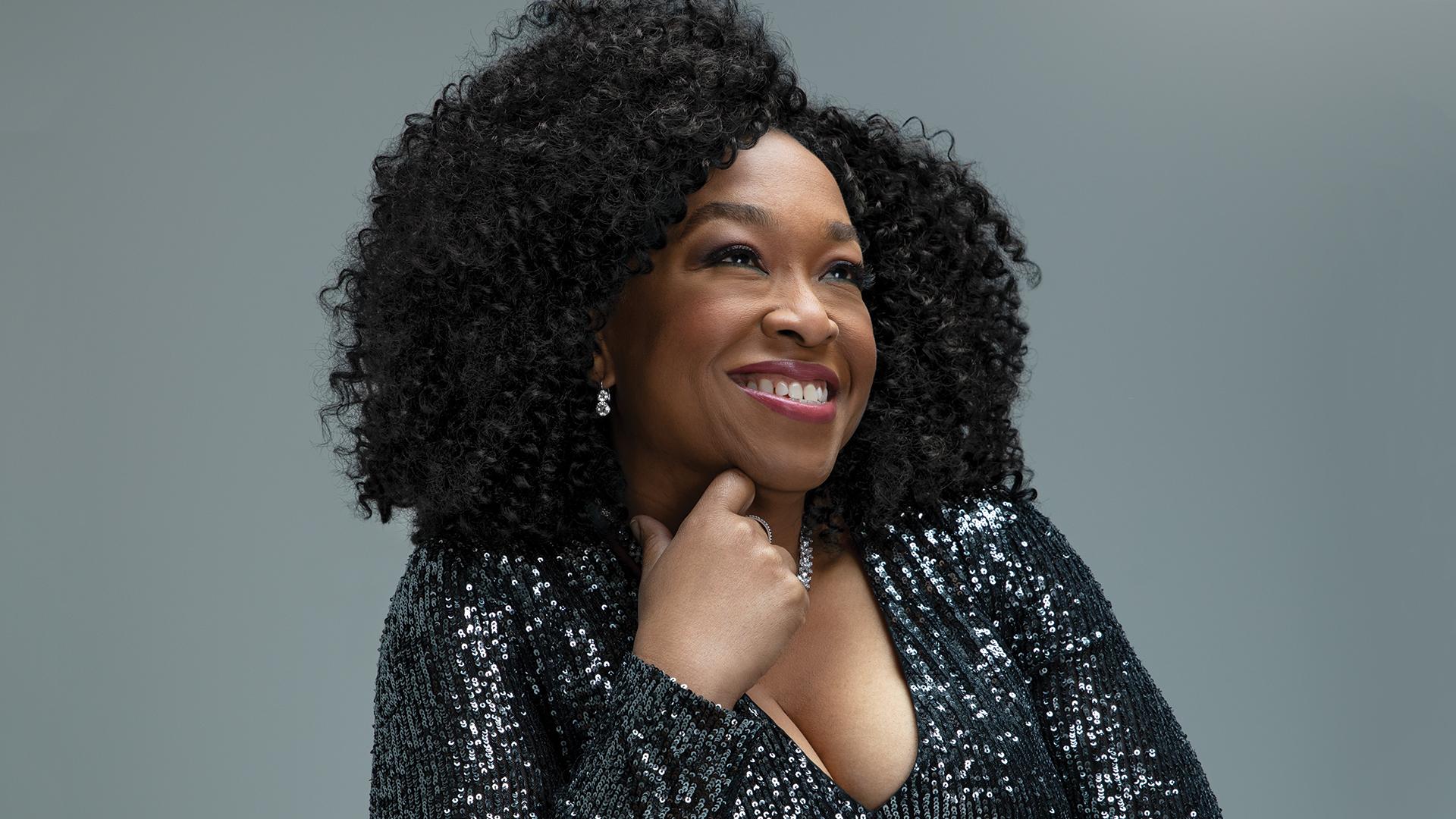In the ever-evolving landscape of television, where content is king and competition fierce, few figures have emerged as influential and transformative as Shonda Rhimes. As the creative force behind a slew of critically acclaimed series, Rhimes has not only redefined modern television but has also strategically leveraged her platform to champion diversity and inclusivity. This article delves into the strategic decisions, innovative storytelling techniques, and pioneering leadership that have propelled Rhimes to the forefront of the industry. By analyzing her approach to casting, narrative development, and production, we explore how Rhimes built a television empire that not only entertains but also reflects the multifaceted world we live in. Through a methodical examination of her career, we aim to uncover the principles and practices that have made her a trailblazer in promoting representation on the small screen.
Shonda Rhimes Strategic Approach to Diverse Storytelling
Shonda Rhimes has revolutionized television by embedding diversity into the core of her storytelling. Her strategic approach is characterized by an unwavering commitment to authentic representation and inclusive narratives. Rhimes, the mastermind behind hit series such as Grey’s Anatomy and Scandal, employs a deliberate casting process that champions underrepresented voices. Her productions feature characters from various racial, ethnic, and cultural backgrounds, not as tokens, but as fully developed individuals whose stories reflect a spectrum of human experiences.
- Intentional Casting: Rhimes ensures that her shows reflect the real world by casting actors of diverse backgrounds in leading roles.
- Complex Characters: Her characters are multifaceted, breaking stereotypes and challenging societal norms.
- Inclusive Storylines: The narratives delve into a wide range of issues, including race, gender, and sexuality, fostering a dialogue that resonates with a global audience.
Rhimes’ strategic focus on diversity is not merely a trend but a foundational element of her storytelling ethos. By creating spaces where diverse stories can flourish, she has not only redefined what is possible in mainstream television but also inspired a new generation of creators to embrace inclusive storytelling as a standard, not an exception.

The Role of Inclusive Casting in Shaping Modern Television
Inclusive casting has become a pivotal factor in redefining the landscape of modern television, with creators like Shonda Rhimes leading the charge. Her approach goes beyond mere representation; it actively challenges and redefines stereotypes, offering audiences complex characters that mirror the diverse world we live in. Rhimes’ work showcases a variety of racial, gender, and sexual identities, ensuring that the narratives on screen resonate with a broader audience. This inclusivity not only enriches storytelling but also fosters a deeper connection between viewers and characters, bridging gaps and sparking important cultural conversations.
Key elements of inclusive casting in modern television include:
- Diverse storytelling: Crafting narratives that reflect the varied experiences of different communities.
- Authentic representation: Casting actors who genuinely embody the roles they portray, adding authenticity to the narrative.
- Challenging stereotypes: Actively working against traditional media tropes to create multifaceted characters.
By prioritizing these elements, inclusive casting not only elevates the quality of television content but also paves the way for a more equitable entertainment industry. Shonda Rhimes’ commitment to these principles has undoubtedly played a significant role in the evolution of television, setting a new standard for what audiences expect from their on-screen experiences.

Analyzing the Impact of Diverse Narratives on Audience Engagement
Shonda Rhimes’ approach to storytelling has profoundly influenced audience engagement by integrating a rich tapestry of diverse narratives. This strategy not only reflects the multicultural world we live in but also creates a more inclusive viewing experience. By featuring characters from various ethnic backgrounds, sexual orientations, and social classes, Rhimes’ shows such as Grey’s Anatomy and Scandal resonate with a broader audience. This inclusivity fosters a deeper connection, as viewers often see aspects of their own lives and struggles mirrored on screen, which enhances emotional investment.
- Authentic Representation: Rhimes’ characters are not token representations but are crafted with depth and complexity, allowing audiences to engage with them on multiple levels.
- Relatable Storylines: By tackling universal themes like love, loss, and ambition, while filtering them through the lens of diverse experiences, Rhimes broadens the appeal and relatability of her narratives.
- Challenging Norms: The inclusion of underrepresented voices challenges societal norms and encourages conversations about important social issues, fostering a community of viewers who are not only entertained but also enlightened.
Ultimately, Shonda Rhimes’ commitment to diversity is not just a creative choice but a strategic one that has significantly boosted audience engagement and loyalty, setting a precedent for future television productions.

Recommendations for Fostering Diversity in Television Production
Shonda Rhimes’ success story is a testament to the power of inclusive storytelling and diverse representation. To replicate her achievements, television producers can adopt several key strategies:
- Prioritize Diverse Writers’ Rooms: Employ writers from various backgrounds to ensure authentic narratives that resonate with a wide audience.
- Empower Underrepresented Voices: Offer leadership roles to individuals from marginalized communities, enabling them to shape stories and characters that reflect their experiences.
- Commit to Inclusive Casting: Go beyond tokenism by casting actors of different races, genders, and abilities in both leading and supporting roles.
- Foster a Collaborative Environment: Encourage open dialogue and collaboration among cast and crew to cultivate a creative space where diverse perspectives are valued.
By embedding these practices into the production process, television can become a more inclusive medium that not only entertains but also educates and inspires.
